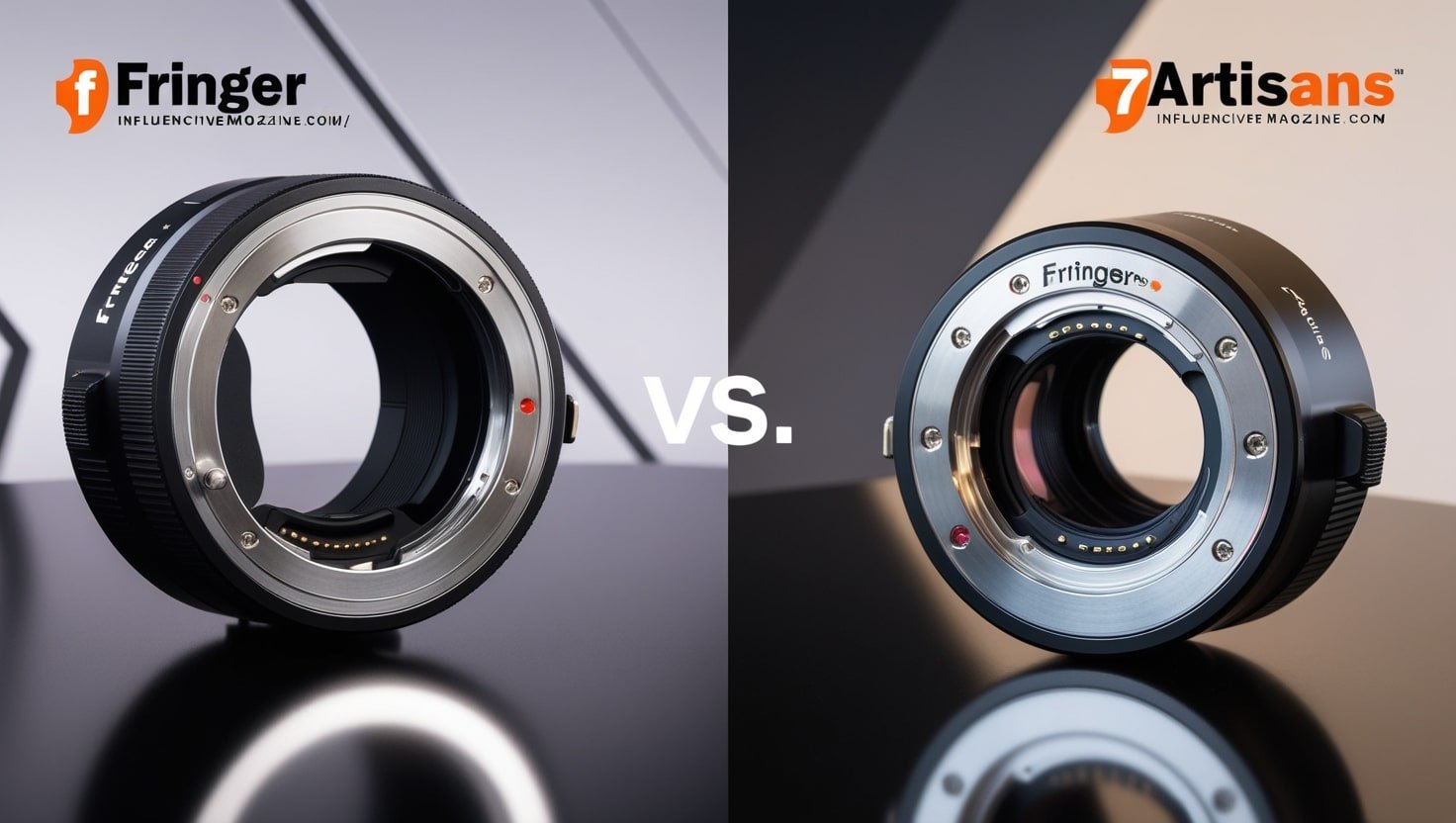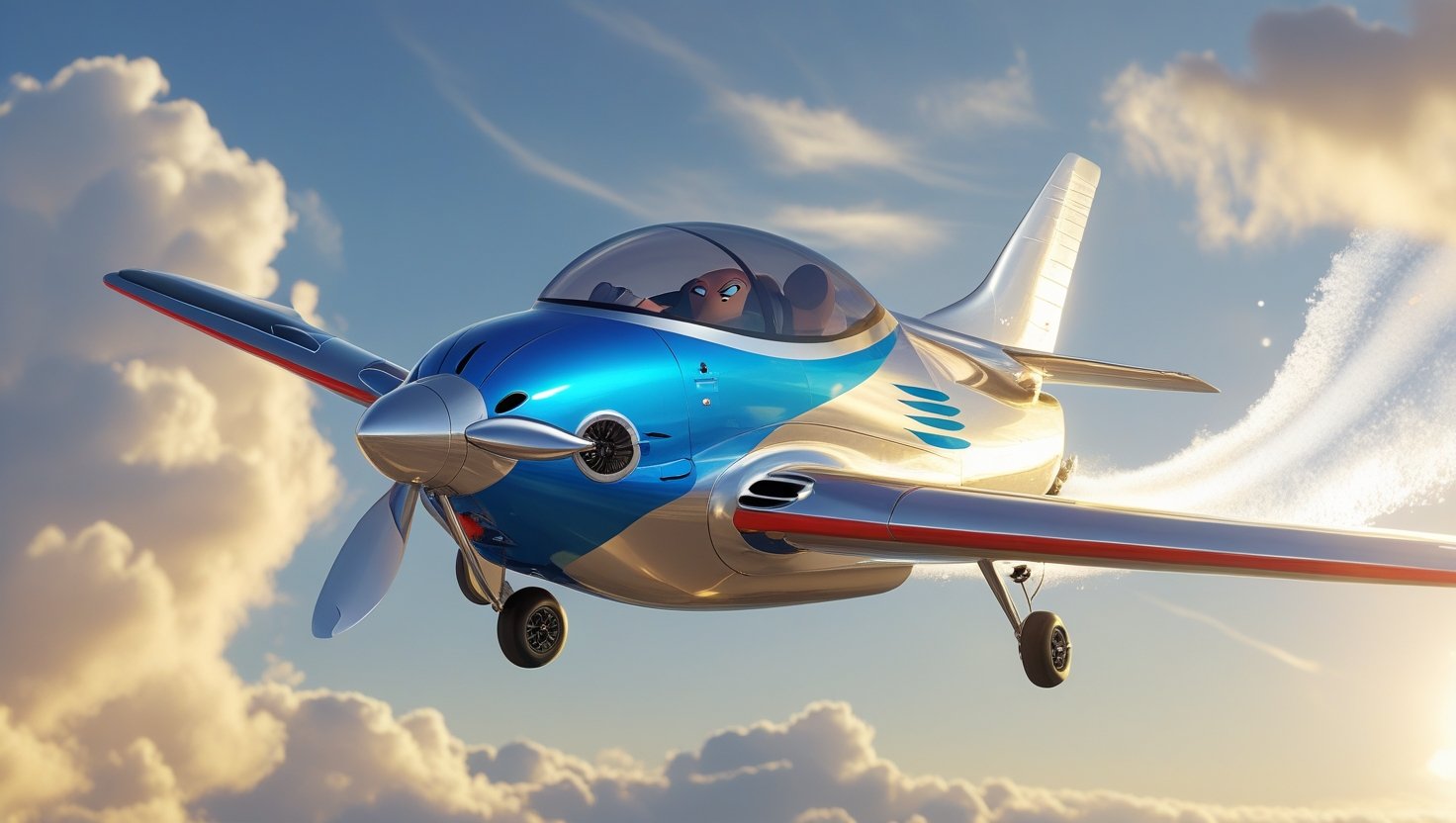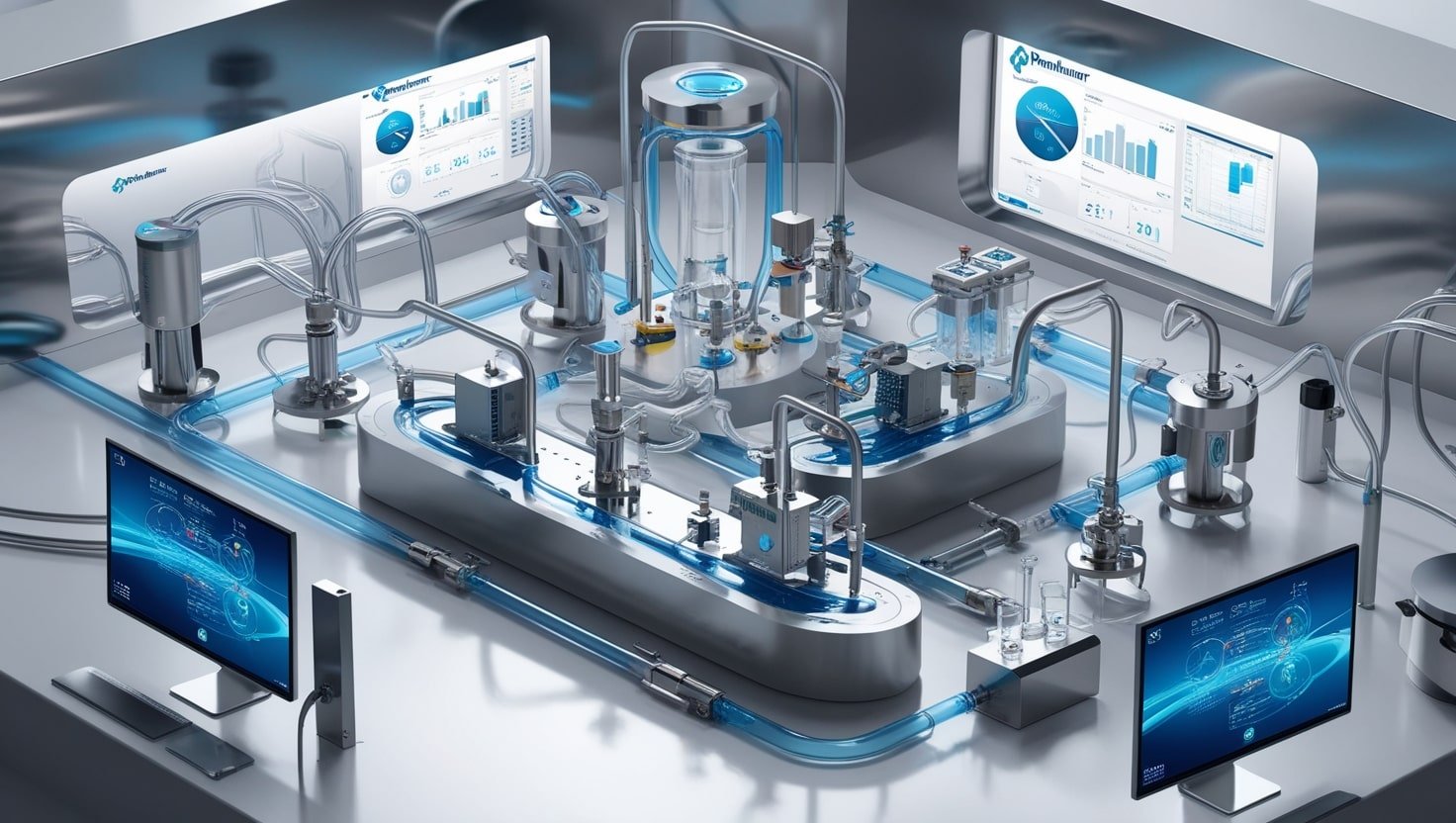In the world of photography, lens adapters play a crucial role in allowing photographers to use lenses from different brands or systems on their cameras. Among the most popular choices for Fujifilm X-mount users are the Fringer EF-NZ vs 7 7Artisans EF-NZ adapters. Both of these adapters are designed to allow users to mount Canon EF lenses on their Fujifilm X-series cameras, but each one offers distinct features and advantages.
This article will delve into the key differences between the Fringer EF-NZ vs 7 7Artisans EF-NZ adapters, exploring their build quality, performance, ease of use, and overall value. By the end of this comparison, you’ll have a clear understanding of which adapter best suits your needs and photography style.
Understanding the Importance of Lens Adapters
Before we dive into the specifics of Fringer EF-NZ vs 7 7Artisans EF-NZ, it’s important to understand the role of lens adapters in the photography world. For instance, the Fringer EF-NZ vs 7 7Artisans EF-NZ adapters allow you to use Canon EF lenses on Fujifilm X-mount cameras, which otherwise would not be compatible.
This compatibility is especially useful for photographers who already own a collection of Canon EF lenses but want to switch to the Fujifilm X-system without having to invest in a completely new set of lenses. These adapters bridge the gap between different lens mounts, making it easier for photographers to expand their equipment and explore new creative avenues.
Overview of the Fringer EF-NZ Adapter
The Fringer EF-NZ vs 7 7Artisans EF-NZ debate is centered around two well-known adapters that are specifically designed for Canon EF lenses and Fujifilm X-mount cameras. First, let’s take a closer look at the Fringer EF-NZ adapter.
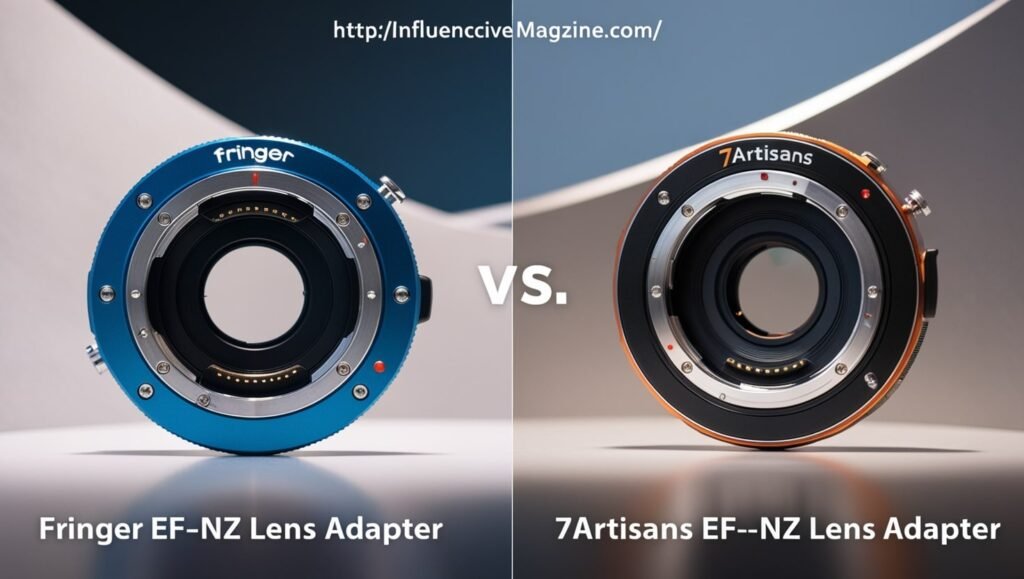
The Fringer EF-NZ adapter is known for its high-quality construction and impressive functionality. This adapter allows seamless autofocus, aperture control, and EXIF data transmission, making it a powerful tool for photographers who want to maintain full functionality while using Canon EF lenses on their Fujifilm X-mount cameras. The Fringer EF-NZ is widely praised for its reliability and performance, offering a smooth and responsive experience when paired with compatible lenses.
Key Features of the Fringer EF-NZ Adapter
One of the standout features of the Fringer EF-NZ adapter is its ability to maintain autofocus functionality. Many lens adapters struggle with autofocus, especially when it comes to using fast-moving subjects or low-light conditions. However, the Fringer EF-NZ ensures that autofocus works reliably and quickly, making it ideal for photographers who rely on autofocus for their work.
Another important feature of the Fringer EF-NZ is its ability to transmit EXIF data. This means that when you mount a Canon EF lens on your Fujifilm camera using the Fringer EF-NZ, your camera will register all the relevant data such as focal length, aperture, and shutter speed. This is particularly useful for photographers who want to keep track of their settings in post-processing.
The build quality of the Fringer EF-NZ is also worth mentioning. It is constructed from high-quality materials that ensure durability and longevity, even with frequent use. This makes it a reliable choice for photographers who want an adapter that can withstand the rigors of daily shooting.
Overview of the 7 7Artisans EF-NZ Adapter
Now, let’s turn our attention to the Fringer EF-NZ vs 7 7Artisans EF-NZ comparison by looking at the 7 7Artisans EF-NZ adapter. 7 7Artisans is a company known for producing high-quality, affordable lenses and accessories, and the 7 7Artisans EF-NZ adapter is no exception.
The 7 7Artisans EF-NZ adapter is designed to allow Canon EF lenses to be mounted on Fujifilm X-mount cameras. Like the Fringer EF-NZ, the 7 7Artisans EF-NZ aims to provide a simple and efficient solution for photographers who want to use their existing Canon lenses on a Fujifilm body. While the 7 7Artisans EF-NZ lacks some of the advanced features of the Fringer EF-NZ, it still offers great value for photographers on a budget.
Key Features of the 7 7Artisans EF-NZ Adapter
The 7 7Artisans EF-NZ adapter is a mechanical adapter, which means that it does not support autofocus or electronic aperture control. This is a significant difference when compared to the Fringer EF-NZ, which offers full electronic communication between the lens and the camera. As a result, using the 7 7Artisans EF-NZ means you will have to manually focus and adjust the aperture on your Canon EF lens.
Despite this limitation, the 7 7Artisans EF-NZ adapter still provides a solid build quality and a secure connection between the lens and the camera. It is lightweight and compact, making it an excellent choice for photographers who prefer a more minimalist setup. Additionally, the 7 7Artisans EF-NZ is generally more affordable than the Fringer EF-NZ, making it an attractive option for photographers on a budget who don’t mind manual control.
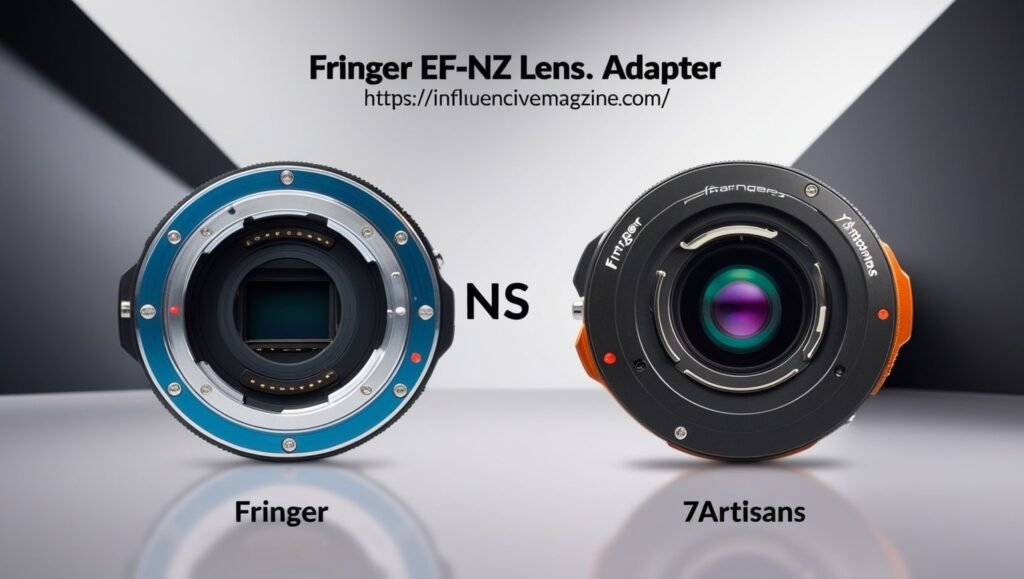
The 7 7Artisans EF-NZ also offers a sturdy metal construction, ensuring that it will last for a long time with proper care. However, since it lacks the electronic features of the Fringer EF-NZ, it is better suited for photographers who enjoy manual control over their camera settings and prefer a more hands-on approach to their work.
Performance Comparison: Fringer EF-NZ vs 7 7Artisans EF-NZ
When it comes to performance, the Fringer EF-NZ vs 7 7Artisans EF-NZ comparison becomes even more interesting. The Fringer EF-NZ is known for its advanced features such as autofocus and aperture control, while the 7 7Artisans EF-NZ relies on manual operation. Let’s take a closer look at how these two adapters perform in real-world scenarios.
Autofocus and Aperture Control
One of the biggest advantages of the Fringer EF-NZ over the 7 7Artisans EF-NZ is its support for autofocus. With the Fringer EF-NZ, you can use the Canon EF lenses just as you would on a Canon camera, with autofocus working seamlessly on your Fujifilm body. This is a significant advantage for photographers who need to capture fast-moving subjects or shoot in dynamic environments.
In contrast, the 7 7Artisans EF-NZ does not offer autofocus support, meaning you will need to focus manually. This can be challenging for some photographers, especially when shooting moving subjects or in low-light situations. While manual focus can be rewarding for those who enjoy precise control, it may not be suitable for everyone, especially those who require fast and accurate autofocus performance.
Additionally, the Fringer EF-NZ supports aperture control, allowing you to adjust the aperture electronically via your Fujifilm camera. This is a huge advantage for photographers who need to make quick adjustments on the fly. The 7 7Artisans EF-NZ, however, requires you to manually adjust the aperture on your Canon EF lens, which can be cumbersome and time-consuming during a fast-paced shoot.
Build Quality and Durability
Both the Fringer EF-NZ and the 7 7Artisans EF-NZ offer solid build quality, but the Fringer EF-NZ tends to be a bit more refined in terms of construction. The Fringer EF-NZ is made from high-quality materials, giving it a premium feel and ensuring that it can withstand heavy use. The precision of the electronic contacts on the Fringer EF-NZ also contributes to its smooth operation and durability.
The 7 7Artisans EF-NZ also offers good build quality, with a metal construction that feels sturdy and reliable. However, because it lacks the electronic components found in the Fringer EF-NZ, it is a simpler design with fewer points of failure. The 7 7Artisans EF-NZ may not be as polished as the Fringer EF-NZ, but it still holds up well under regular use.
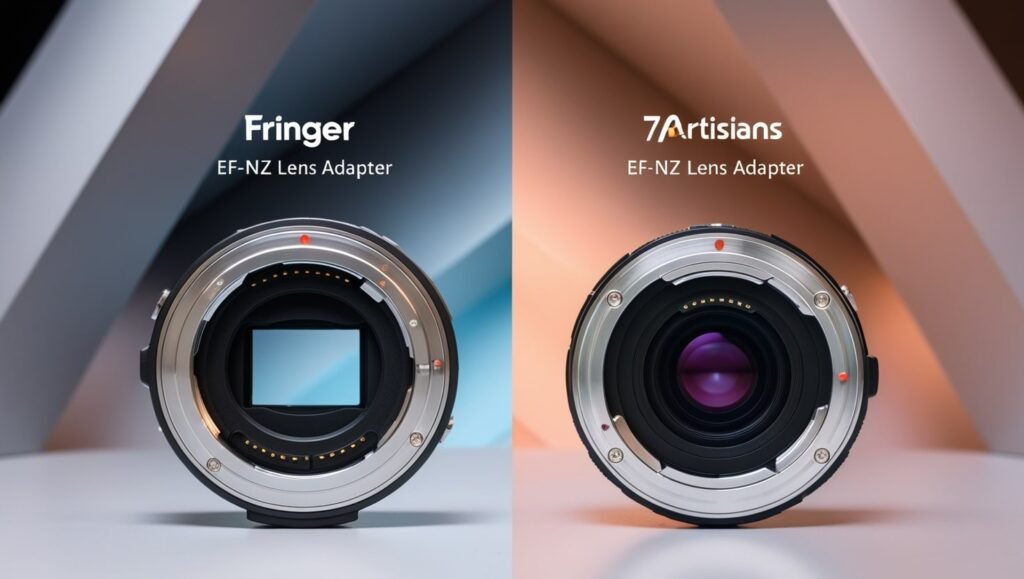
Price and Value
When it comes to value, the Fringer EF-NZ vs 7 7Artisans EF-NZ comparison is clear: the 7 7Artisans EF-NZ is more affordable, making it a great choice for budget-conscious photographers. While the Fringer EF-NZ offers more advanced features like autofocus and aperture control, the 7 7Artisans EF-NZ still delivers solid performance for those who don’t mind manual controls and want to save money.
Manual Control vs Electronic Control
For photographers who prefer a more hands-on approach, the 7 7Artisans EF-NZ offers a satisfying manual control experience. Manual focus and aperture control allow you to have full creative control over your shots, which some photographers find more rewarding and engaging. On the other hand, if you value convenience and speed, the Fringer EF-NZ is the better option, as it allows for electronic control of both autofocus and aperture.
Conclusion
In the end, the decision between the Fringer EF-NZ vs 7 7Artisans EF-NZ adapters depends on your specific needs and preferences as a photographer. The Fringer EF-NZ is a top-tier option that offers autofocus, aperture control, and EXIF data transmission, making it a more feature-rich and convenient solution for photographers who require electronic control. Its superior build quality and reliable performance make it a solid choice for those who demand the best.
On the other hand, the 7 7Artisans EF-NZ is a more affordable, manual-focused adapter that provides a simple, budget-friendly option for photographers who don’t mind using manual controls. It’s an excellent choice for those who enjoy a more hands-on approach and want to save money without sacrificing build quality.

